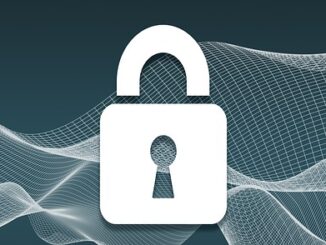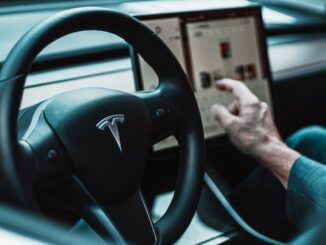A robotaxi pulls up to the curb in Los Angeles. The front seat is empty, no driver in sight. The customer slides into the back seat, and off the ride goes to a destination typed into the app, its cameras and sensors silently collecting where she goes and maybe even recording what she looks like or says inside. When the ride ends, payment is automatically processed through a stored credit card, and the passenger receives a prompt to rate her experience. What happens to all this data? Is it privacy-protected? Is it safe?
Robotaxis keep riders safe, but what about their data?
Tech News
-
 Highlights
HighlightsFree Dark Web Monitoring Stamps the $17 Million Credentials Markets
-
 Highlights
HighlightsSmart buildings: What happens to our free will when tech makes choices for us?
-
 Apps
AppsScreenshots have generated new forms of storytelling, from Twitter fan fiction to desktop film
-
 Highlights
HighlightsDarknet markets generate millions in revenue selling stolen personal data, supply chain study finds
-
 Security
SecurityPrivacy violations undermine the trustworthiness of the Tim Hortons brand
-
 Featured Headlines
Featured HeadlinesWhy Tesla’s Autopilot crashes spurred the feds to investigate driver-assist technologies – and what that means for the future of self-driving cars




